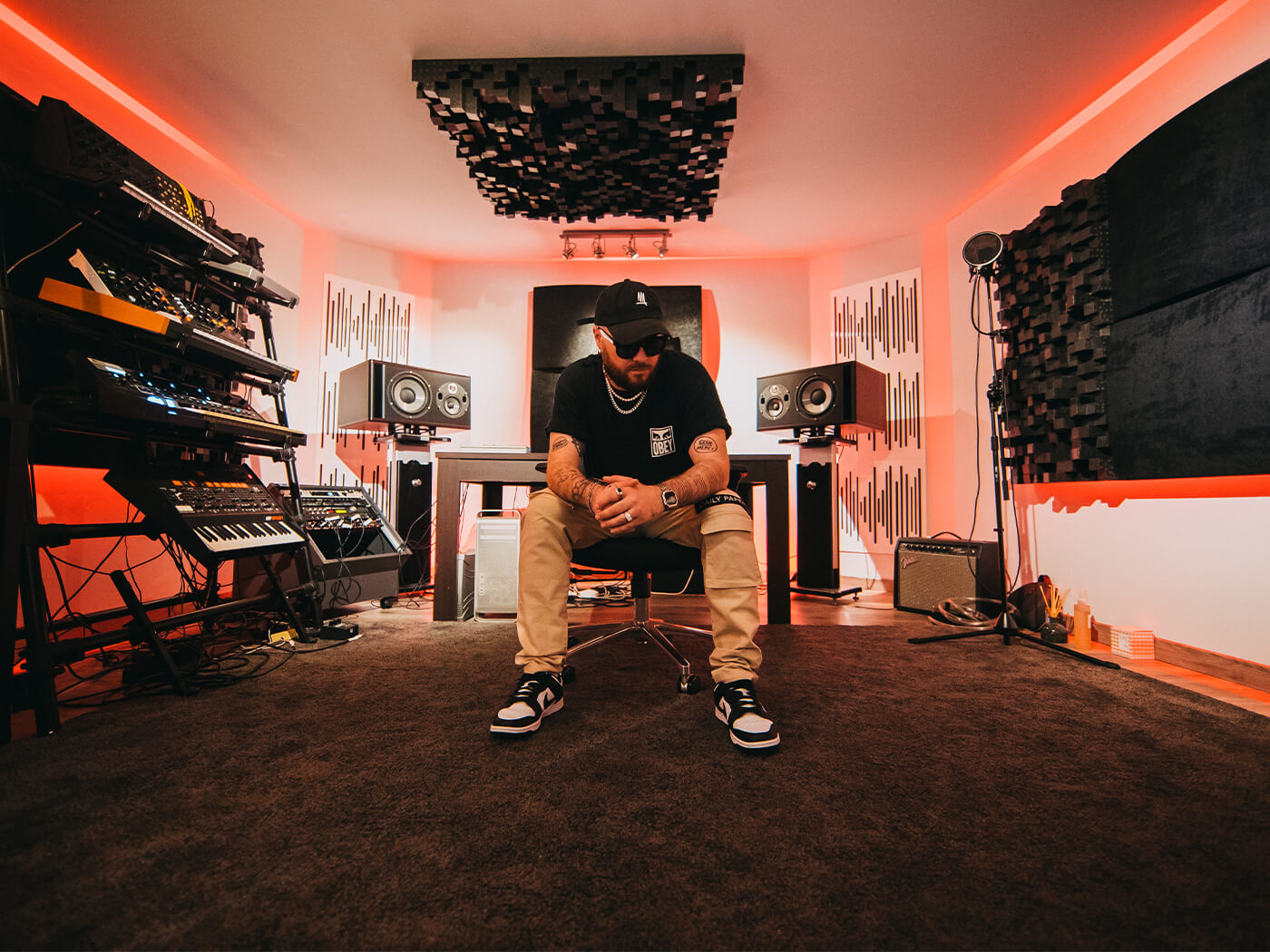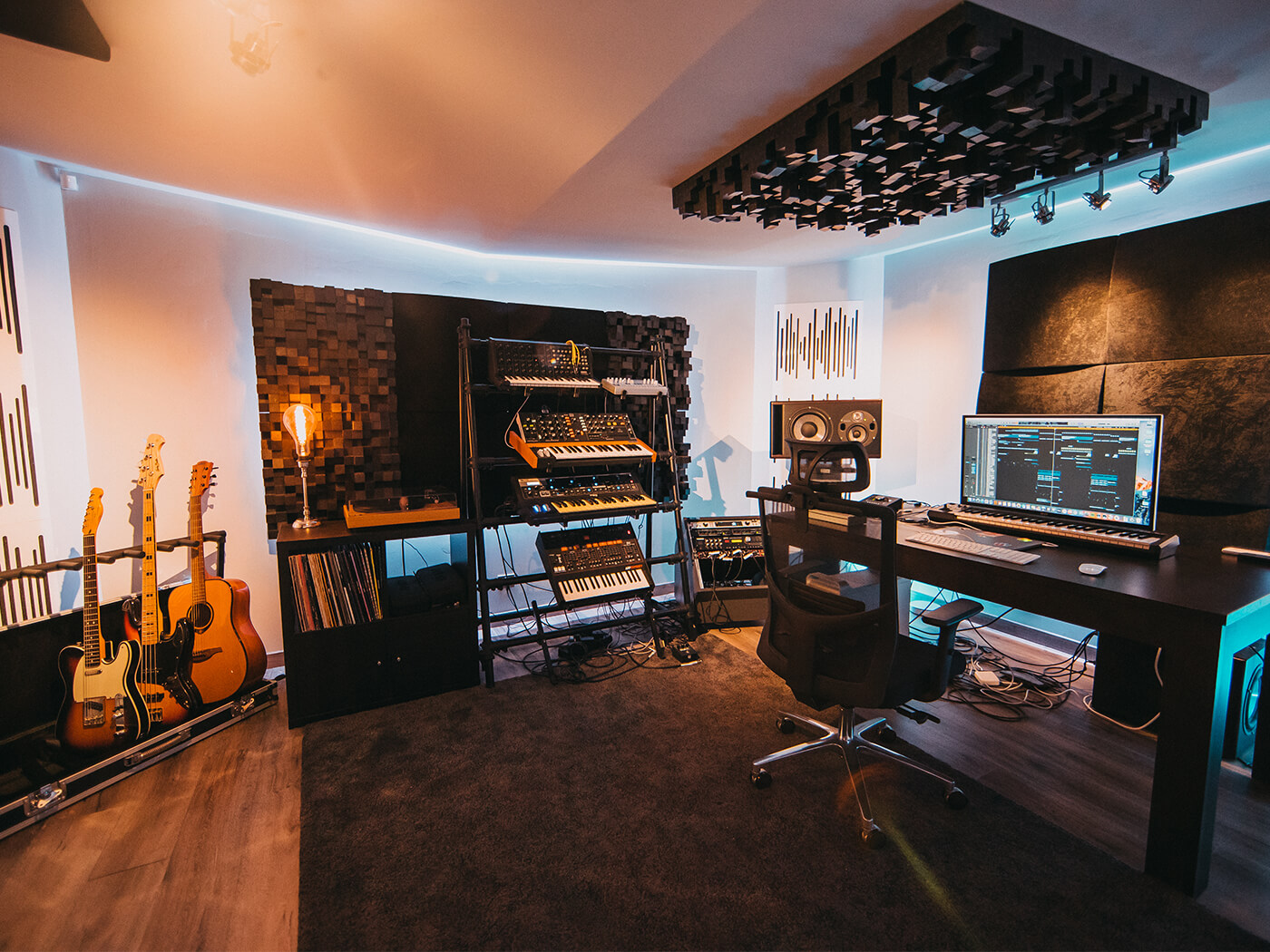Show Off Your Studio: Tony Romera adds the French touch in his sleek Lyon studio
With his debut album dropping imminently, we learn why the MS-20 is his weapon of choice for aggressive sounds and why you should hold out before upgrading your studio.
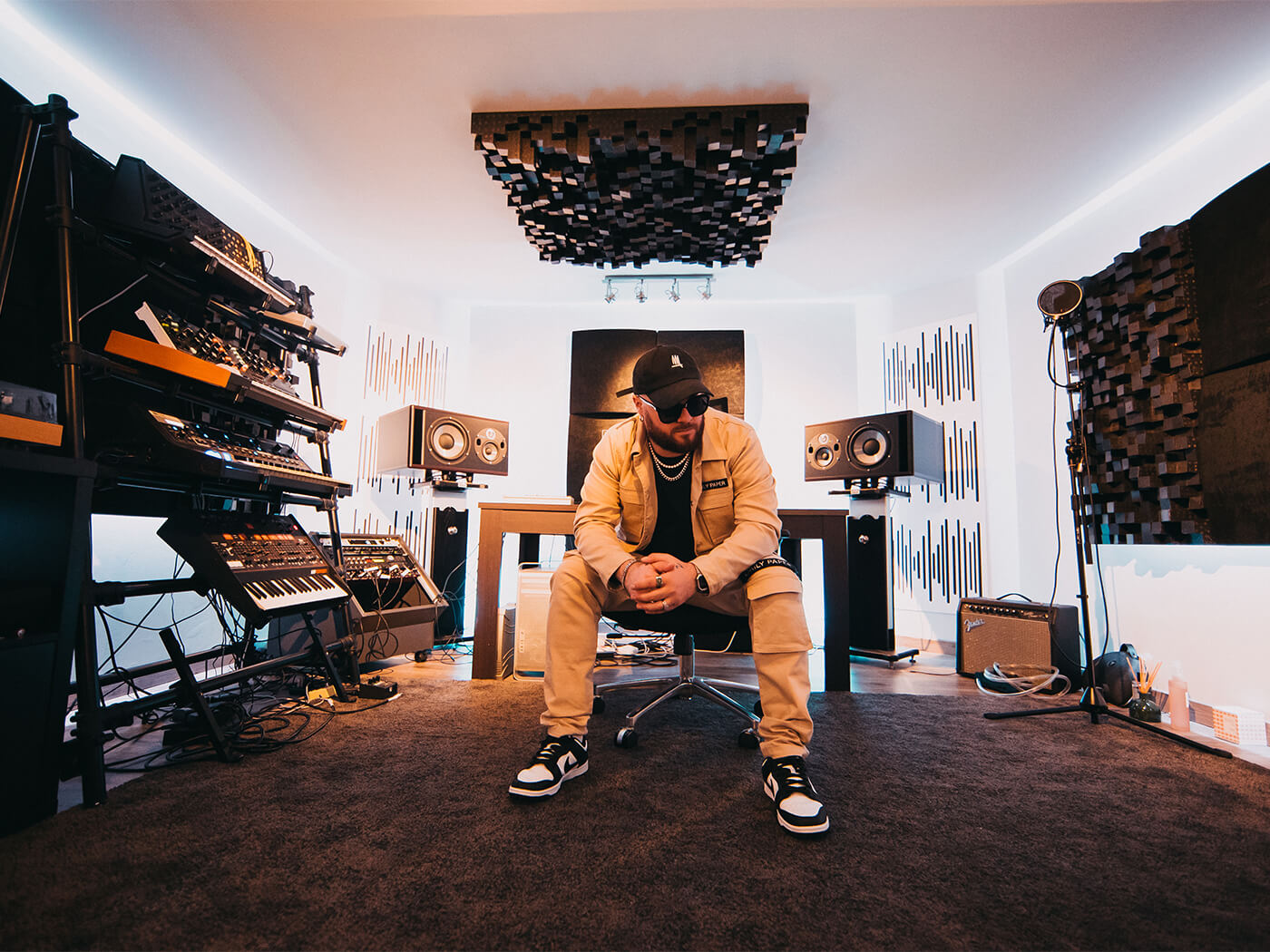
French house aficionado Tony Romera has been in the EDM scene for 10 years now, working across a range of genres with releases on Monstercat, Insomniac, OWSLA, Mad Decent, Spinnin, Armada and Confession. He’s produced official remixes for Calvin Harris, Diplo, MØ, Zomboy, Kungs, Petit Biscuit, Moksi and many more. Now armed with a wealth of knowledge and experience in music production, the prolific artist is ready to drop his debut album.
We’re already seeing him break stylistic boundaries in the three singles from the album in the French house-inspired VHS, the aggressive electro track MS69 and the upcoming hip-hop bop, Party On My Own feat. Max Wassen. We head to his Lyon workspace to learn why the Korg MS-20 is a staple in his productions and how he ventures into various genres.
Socials: Instagram | Twitter | Facebook | YouTube | Spotify
Hey Tony! How did you get into music production? When did you know you wanted to do it as your full-time job?
I started making music when I was 14, playing the guitar first. Then, I heard about FL Studio from a friend at school, so I tried it and instantly fell in love with music production. I immediately knew I wanted to have a career in it.
Can you pinpoint the moment or song that transformed your hobby into a career? How quickly did it change?
I don’t know if there’s a precise moment, but I’d say around 2012 and 2013, a lot of things happened with remixes for big names and releases on some big labels. Soon after, I started touring the world, which was pretty abrupt, but it was so much fun.
You have your album out in September – how did your creative process change when making the album?
I started working on this album in March 2020. I was coming back from my first US tour and I was really inspired. We went right into lockdown, so I decided to spend all my time working on it, and it was definitely different from my usual creative process because I knew I wasn’t going to be able to play these tracks to a crowd for a long time. Usually, I try to make some tracks for the live experience, which I often test on tour, but this time it was different – things got really interesting. I was tweaking my synths, searching for new sounds, trying different things – it was a great time.
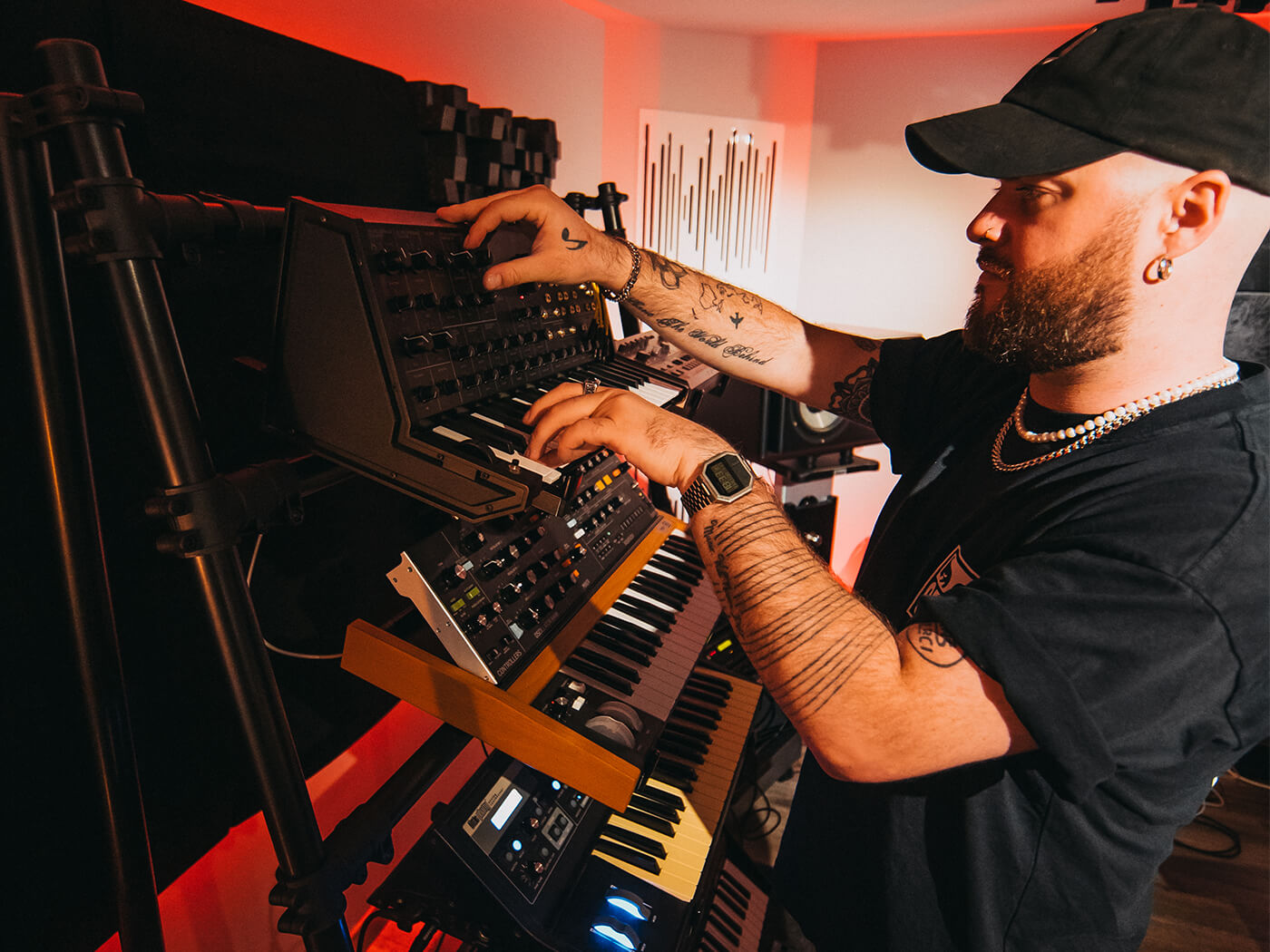
Tell us a bit about the studio, Tony.
My studio is located near Lyon, France, in a chilled neighbourhood. I’ve been working here for two years. I worked with my father on making plans for the building and acoustics, with some advice from friends who made their own studios with big companies. It was fascinating to experience the whole process and go from an empty room to a fully functional studio that sounds great.
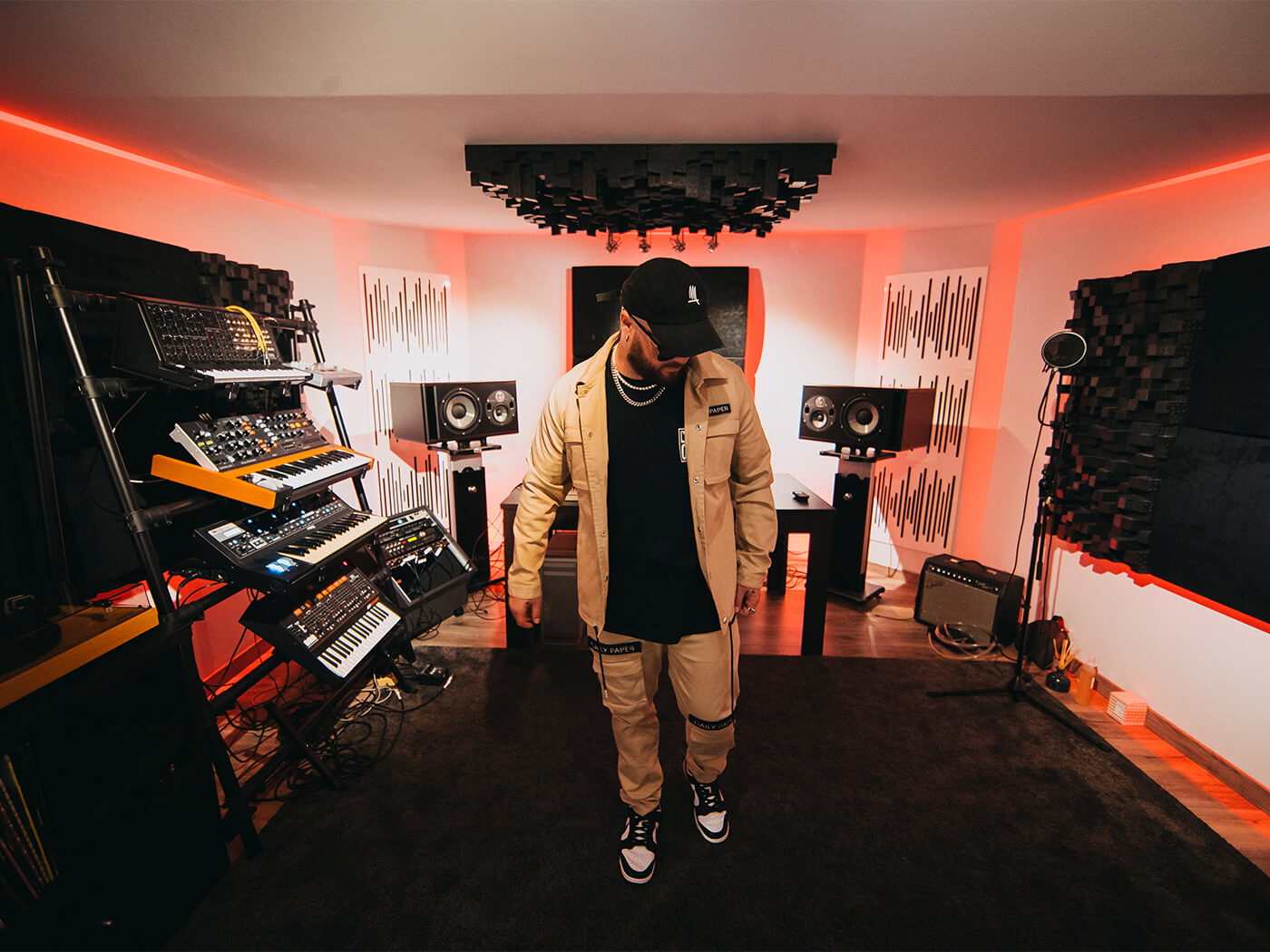
How do you use your studio?
I work on everything and finalise it in the studio. I also record some guitars, vocals, and all my synths, of course. Sometimes I try to work at home with headphones, but usually, it doesn’t sound as good as I want it to. Plus, I’m way more inspired when I work in the studio, alone in my bunker, with no one disturbing me.
What atmosphere do you try to create in the studio?
I have some subdued lights and I try to match the colour of the LEDs with my mood and the track I’m working on. Also, I have a special fragrance for the studio – I love to feel comfortable when I work here.
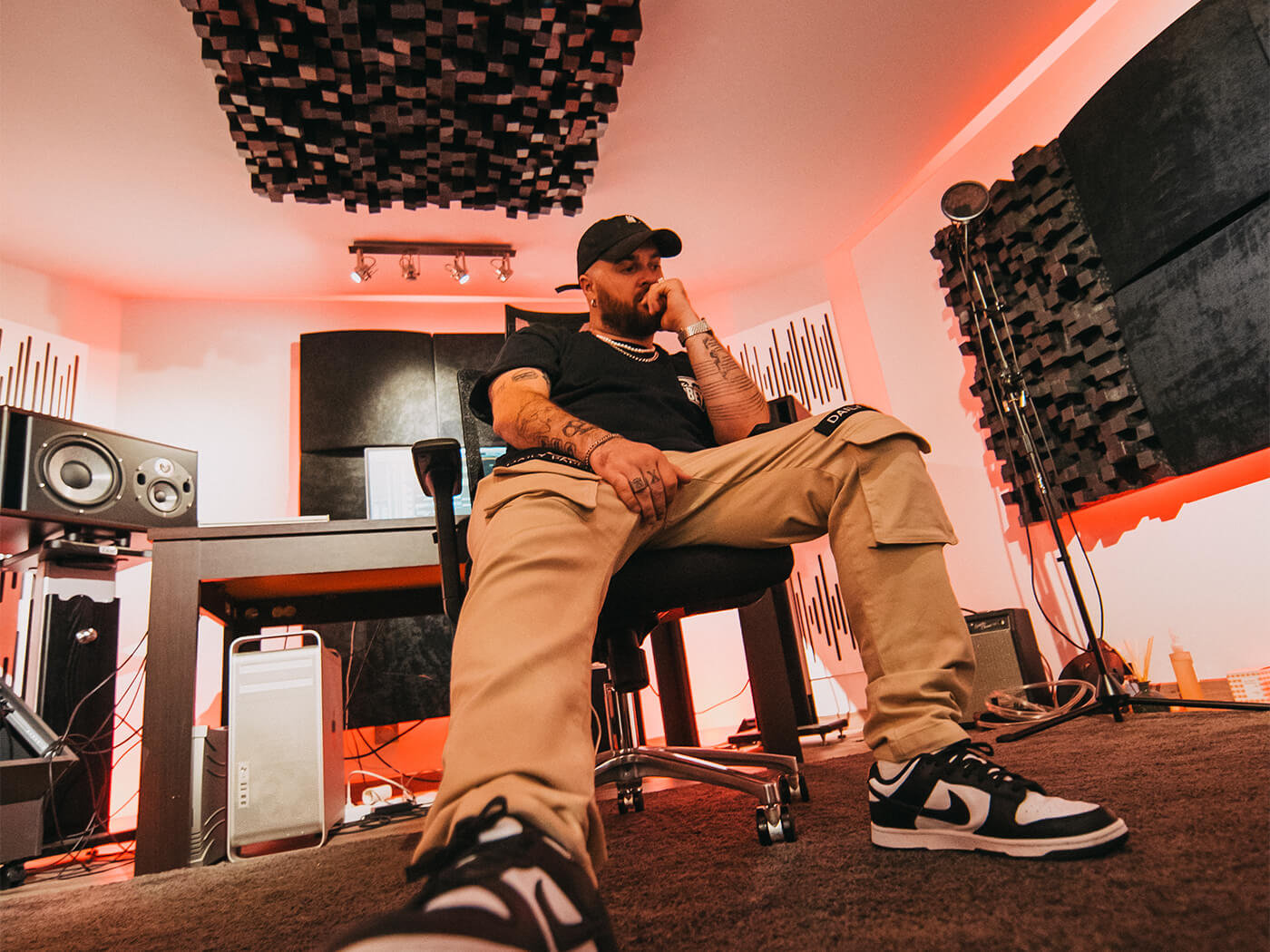
Which DAW do you use?
I use Logic Pro X, my favourite DAW. I‘ve been working on it for over 10 years now, so I feel comfortable with it. I tried to work on Ableton Live but, to be honest, I’m totally lost when I don’t work on Logic [laughs].
What is your favourite piece of gear?
I’m totally in love with the Korg MS-20. It’s extremely versatile, and I love how the filter sounds. I usually make seriously aggressive bass with this synth.
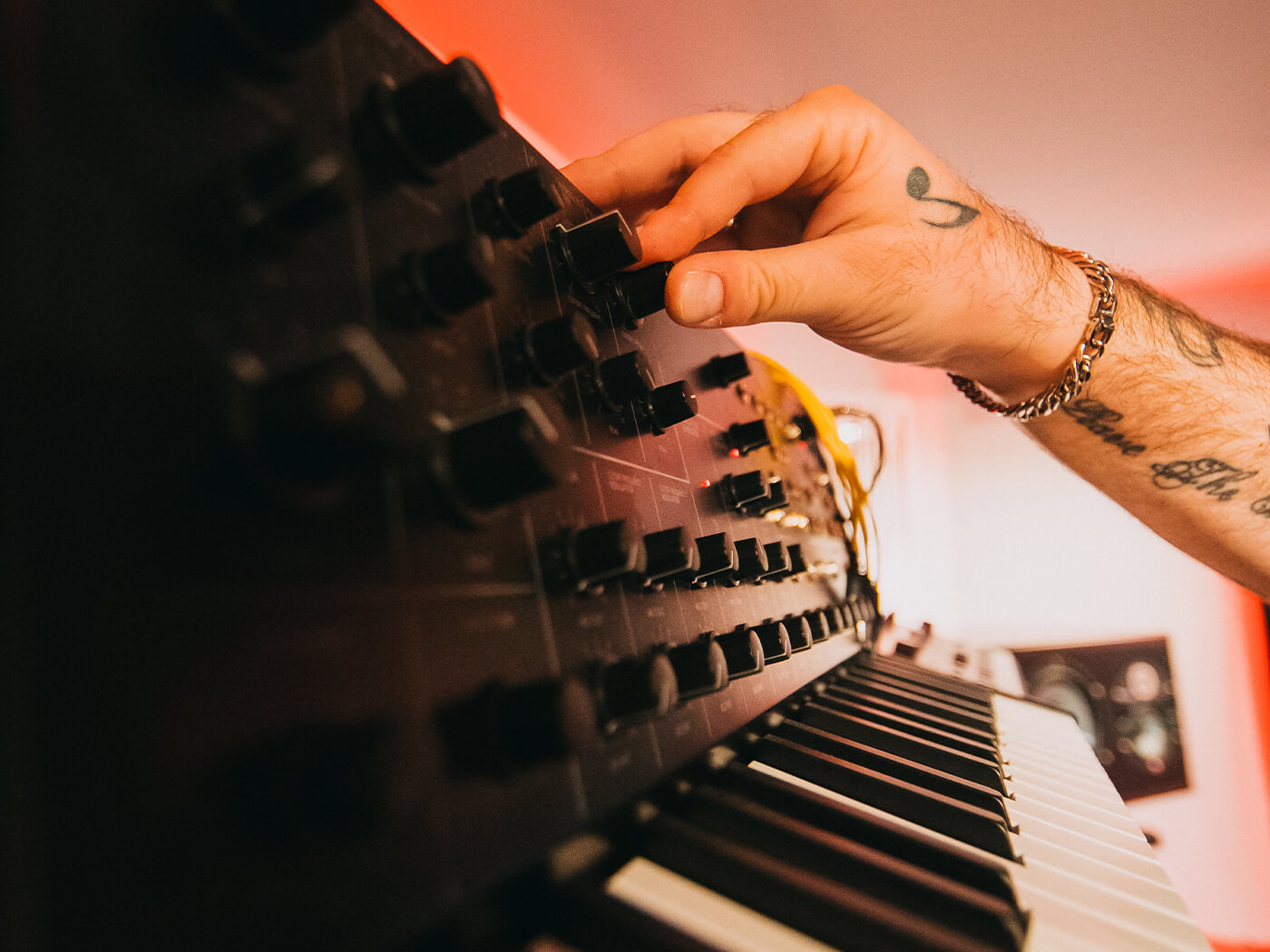
It seems like the MS-20 was used prominently on your track MS69…
Yeah, I made almost all the sounds on this track with it. I started with the gimmick, messing with the knobs, then I wanted an aggressive sound, so I put the filter’s resonance almost at the maximum. For the lead on the drop, I played with the filter knob live. I was trying to find the right notes with the resonance – it was super fun to make!
Your music floats between electro house and sample-based French/filter house. How do you decide which style to make?
It depends on my mood. I usually listen to my Spotify library on random while driving to the studio, and some tracks will inspire me. Also, I have thousands of notes on my phone with some references and ideas to work on. And other times I just listen to some samples or play with my synths to decide where I’m going.
What’s been the biggest investment in your studio? Was it worth it?
Definitely my Focal Trio 11, and it was totally worth it. I also have the Focal Sub 6 to help with the low frequencies. I love Focal, they’re my favourite speakers and headphone brand, and I always enjoy working with these masterpieces.
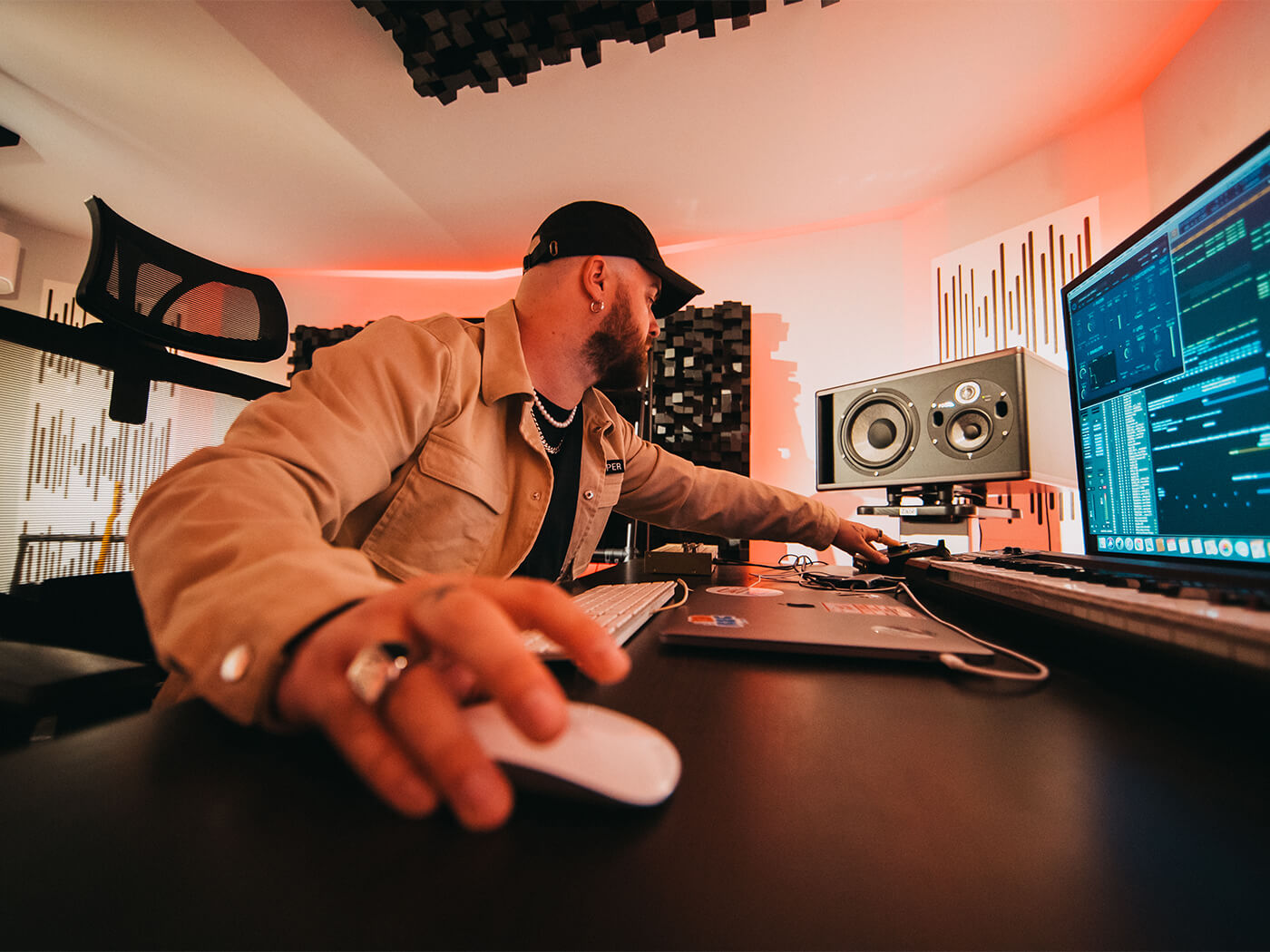
What is next on your shopping list studio-wise?
I’d love to buy a vintage polyphonic synth like the Sequential Prophet 5. I’ll probably get one soon. It sounds so good, and a lot of the music I love has been made with this classic.
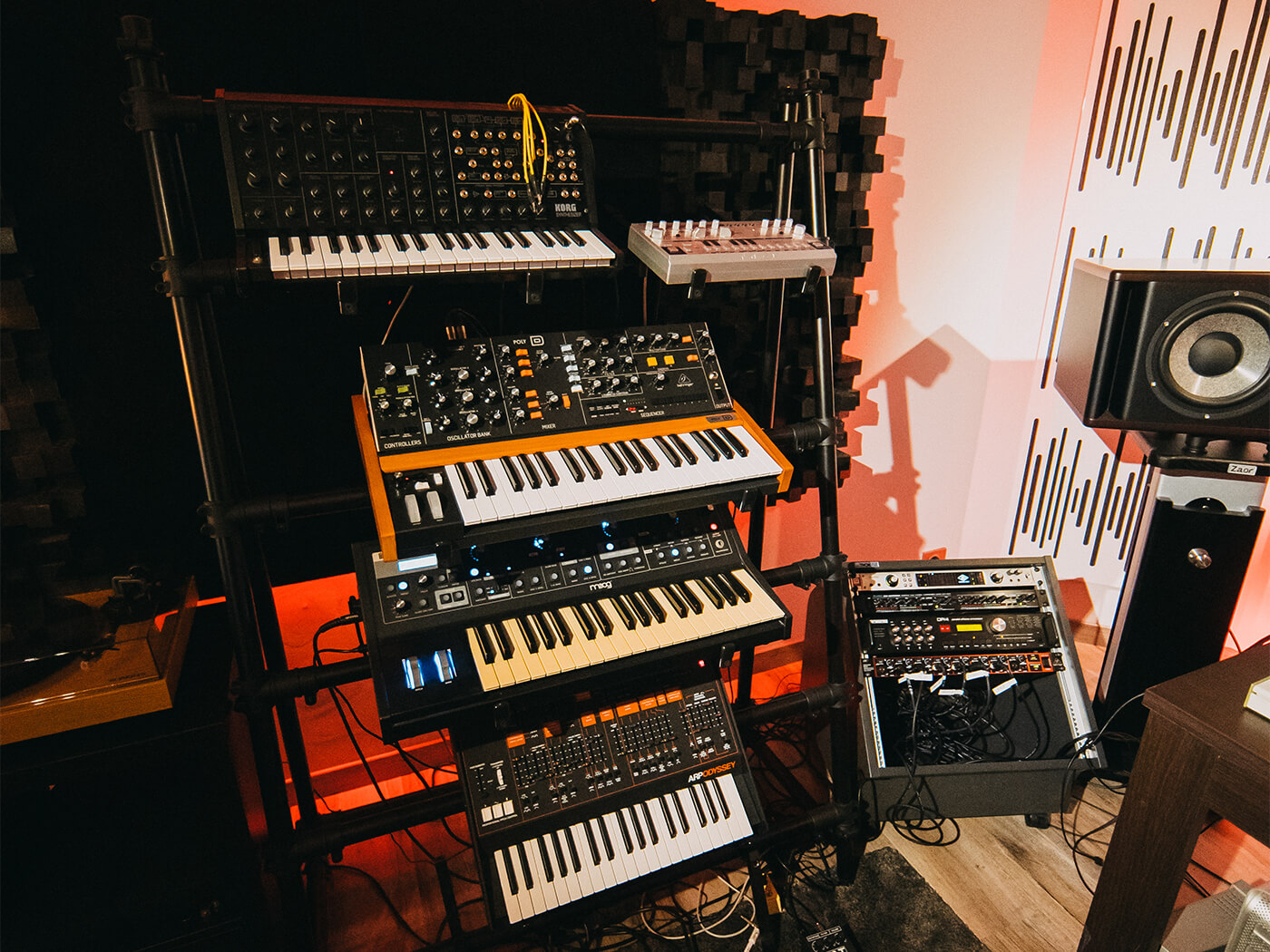
What is your dream piece of gear?
The legendary Shadow Hills Compressor for its iconic warmth. I use the UAD version but I dream about getting a real one someday. Also, a Moog Minimoog would be a real dream.
Do you have any frustrations with your current setup?
Not yet. Everything works perfectly, and I feel super comfortable working with my setup. I just wish I could bring everything with me when I travel.
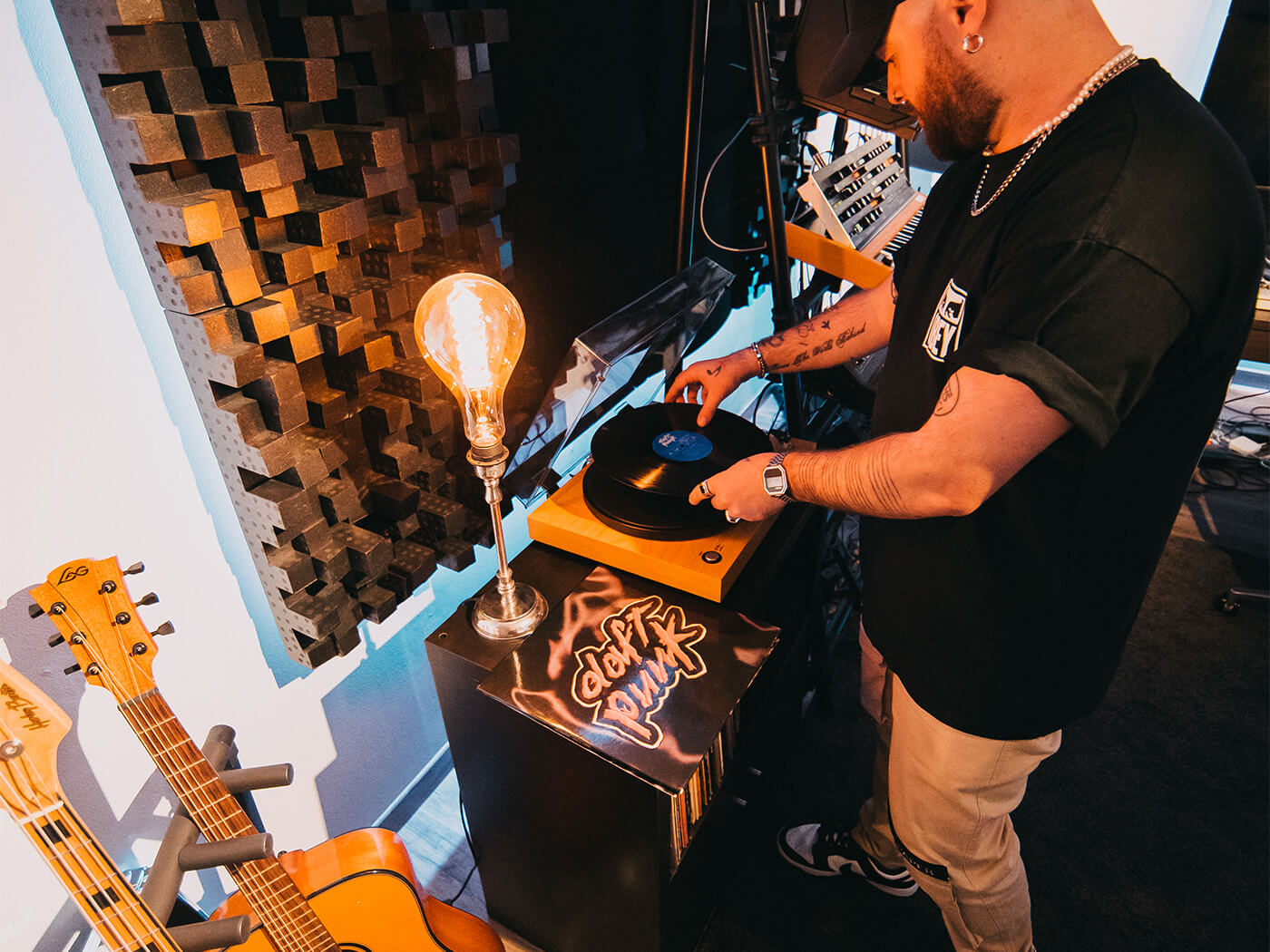
What is the one piece of advice you would give someone starting out building a studio?
A friend of mine, Tristan Garner, told me at the beginning: buy some cheap stuff to start, then when you use 100 per cent of it, and you feel stuck, upgrade to something a bit better, then repeat. That way, when you finally upgrade the gear you’re hitting a wall with, your production skills are upgrading, too. If you buy tons of sick gear to start, you might get lost, or it’ll be tough to move from there for years. I always remember this advice – it’s helped me a lot.
